Which Seed Grows Fast in 3 Days? Quick Gardening Tips
If you’re eager to see some green sprouting up in your garden fast, you’re in the right place. You don’t need a lot of patience or time to get started with seeds that have quick germination. Cress is one of the fastest-growing seeds, often sprouting in just 3 to 4 days, making it perfect for those who want to see results quickly.
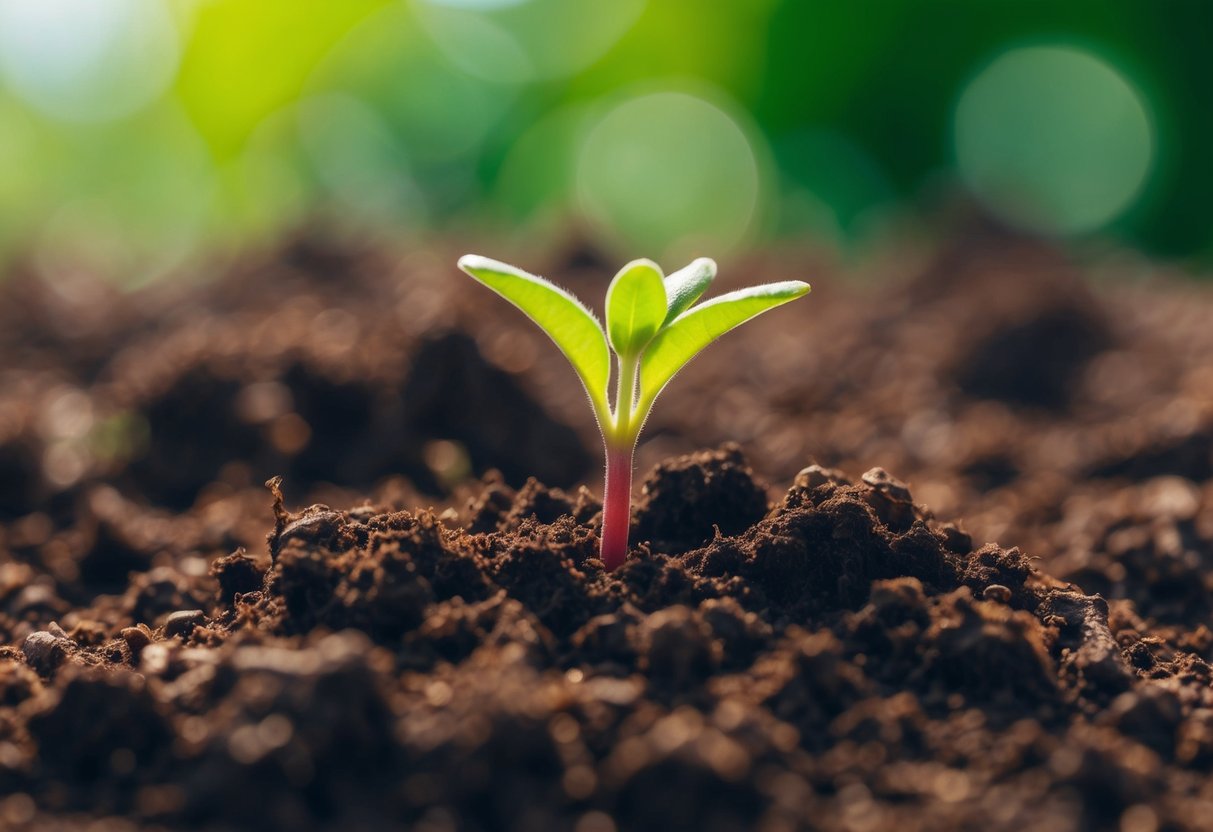
This fun plant can easily be grown on a windowsill or in your garden. It’s not just super quick to germinate, but it also adds a peppery taste to your dishes. Other seeds like sunflower and certain types of radishes also germinate fast, bringing life to your garden in no time.
Experimenting with these seeds can be a great way to get kids involved in gardening too. Watching something grow so quickly is exciting and rewarding. If you’re ready to start your gardening journey, fast-growing seeds are the way to go!
Understanding Seed Germination

Seeds need the right conditions to start growing. Moisture and temperature are key in speeding up the germination process, helping seeds sprout quickly.
Optimal Conditions for Germination
For seeds to germinate quickly, they need specific conditions. Consistency is crucial. Soil should stay around 65°F to 75°F for most seeds. You want to aim for a stable climate, as quick changes might slow growth.
Make sure the seeds stay in darkness when they begin to germinate. This is because some seeds need it to sprout effectively. It’s also important to plant the seeds at the right depth. If they’re too deep, they might struggle to reach the surface.
Create a controlled environment for delicate seeds. Small seeds often germinate faster, especially when they get what they need from day one.
The Importance of Moisture and Temperature
Moisture is key for activating germination. When seeds absorb water, their growth kicks off. Keep soil moist but not soggy. This helps germinate seeds quickly. You might need to water them regularly but avoid flooding.
Temperature also plays a big role. Some seeds might need warmer conditions, while others prefer cooler settings. For instance, peppers love warmth, which speeds up their sprouting.
By maintaining consistent moisture and temperature, you allow for quick and effective growth. Pay attention to the needs of each type of seed for the best results. Proper care will ensure that your seeds have every chance to thrive.
Top Fast-Germinating Seeds
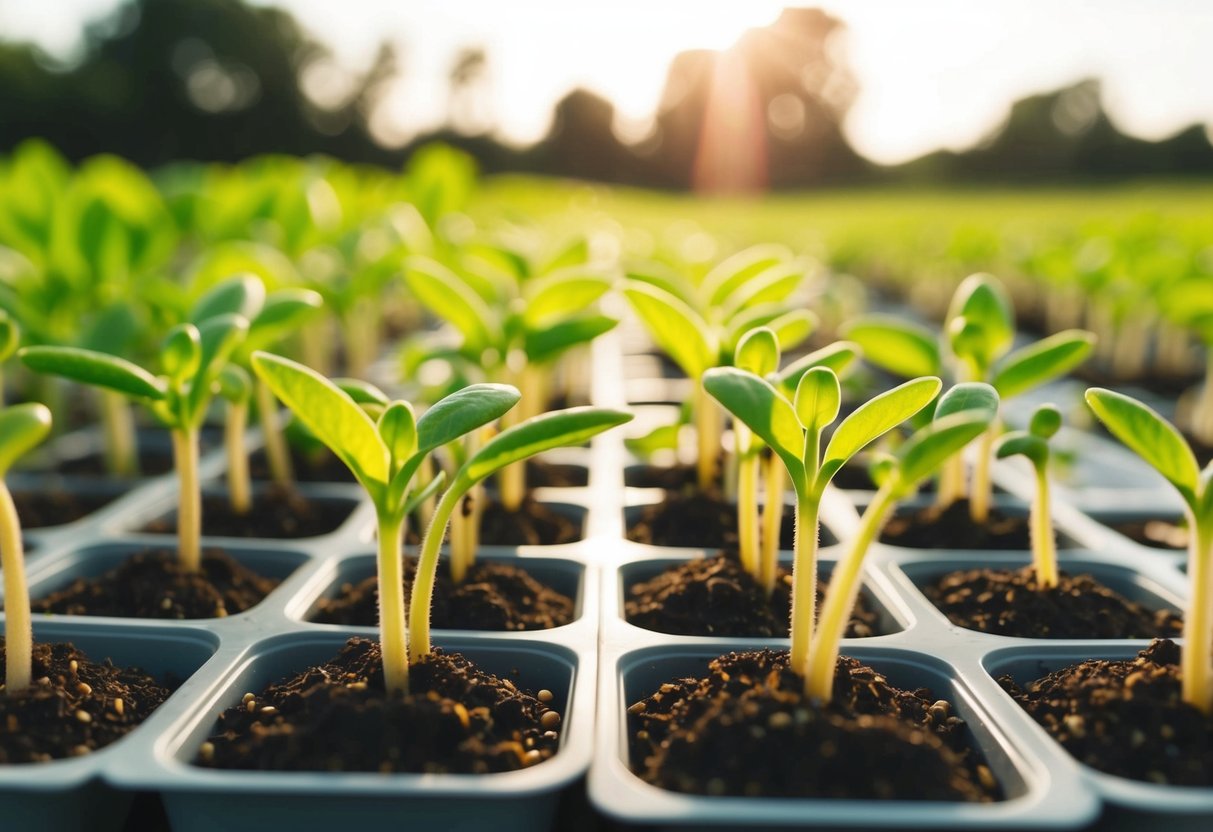
If you’re eager to see results in your garden, fast-germinating seeds are the way to go. These seeds sprout quickly, providing almost instant gratification as you watch your garden come to life.
Vegetables and Greens
Radishes and spinach are among the fastest-growing vegetables. Radish seeds can sprout within just a few days, and soon after, you will see those iconic red roots begin to form. Spinach is also a quick starter, ready to pop up with its tender leaves.
Lettuce and arugula are fantastic choices for those who want fresh greens in no time. They’re easy to grow and sprout fast, offering a tasty addition to your salads. Chard and kale are also excellent options if you’re looking for nutritious and leafy greens.
Herbs
Basil is a favorite in many households due to its versatility and speed in germination. If you plant basil seeds, expect them to sprout in less than a week, filling your kitchen with their delightful aroma. Chives, with their mild onion flavor, are another fast-germinating herb perfect for adding a punch to your dishes.
Fenugreek seeds germinate fairly quickly and bring a unique taste that enhances many recipes. Mustard seeds are also quick to sprout and add a spicy note to your garden and dishes alike.
Flowers
If you want colorful blooms quickly, marigolds are a fantastic choice. They germinate in just a few days and provide vibrant yellow and orange flowers that brighten your garden. Sunflowers are another option, known for their fast start and iconic blooms that follow the sun.
Sweet peas are perfect for adding a sweet fragrance to your space. Cress is not only quick to germinate but also offers tiny, pretty flowers that can be a lovely addition. These fast-germinating flower seeds provide aesthetic charm to any garden setting.
Seed Starting Basics
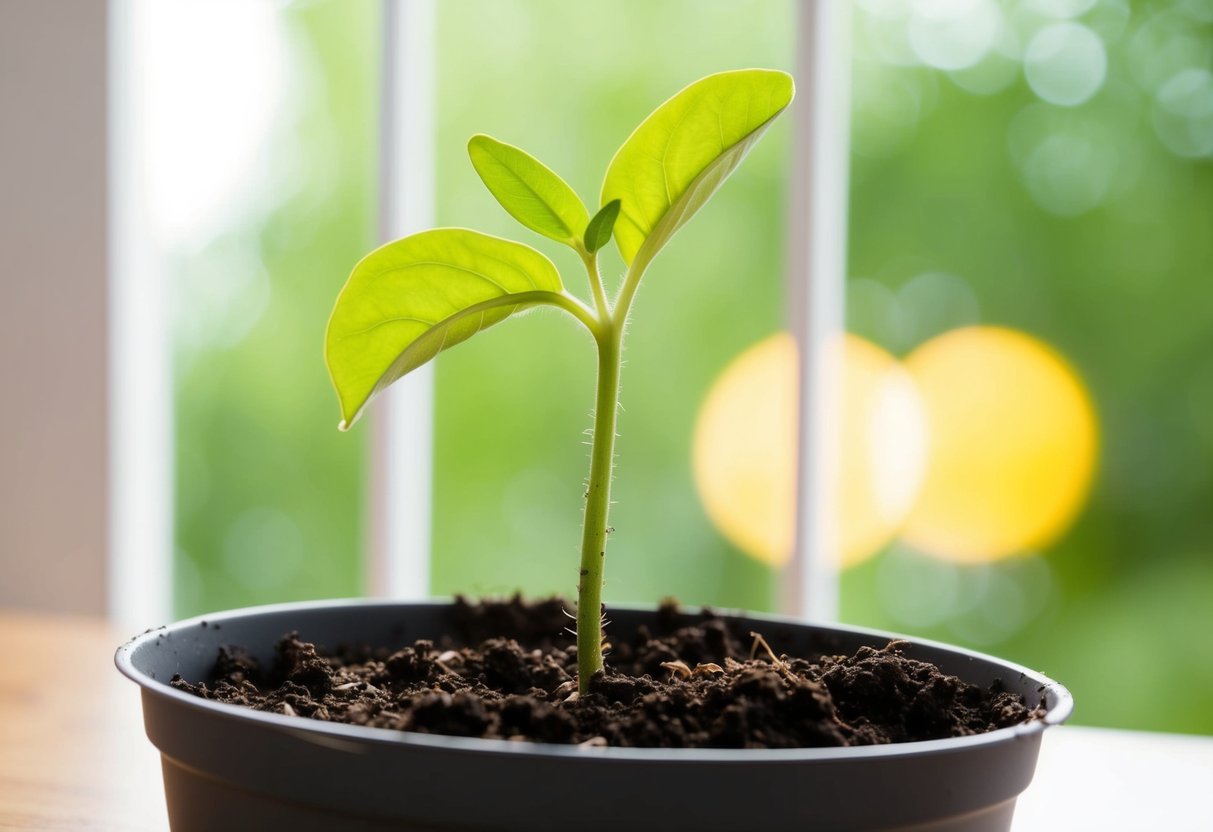
Starting seeds indoors can be a great way to get a head start on your vegetable garden. You’ll need the right seed starting mix, optimal lighting conditions, and effective sowing techniques to ensure your seeds grow quickly.
Choosing the Right Medium
Picking the best soil isn’t just about grabbing any old dirt. You should use a seed starting mix designed to foster growth. These mixes are usually light and retain moisture well, supporting the needs of young seeds.
Bio-containers or peat pots can also be useful because they allow for easy transplanting. Be sure to start seeds like beans or squash in containers that give them plenty of room to sprout. This helps them establish strong roots early on.
Lighting Conditions for Seedlings
Proper light is crucial for fast-growing seeds. Once seeds have sprouted, they need light—preferably full sun—to develop well. If you’re starting seeds indoors, a south-facing window can work, but a grow light is often better.
Position grow lights 2-3 inches above seedlings and adjust them as they grow taller. This ensures they receive enough light energy for photosynthesis without overheating. Remember, at least 12 to 16 hours of light per day can mimic natural sunlight conditions.
Sowing Techniques
When sowing seeds, pay attention to the proper seed depth and spacing. Most vegetables do best when sown around 1/2 inch to an inch deep. Planting too deep might cause slow germination, while planting too shallow can result in drying out quickly.
Make sure there is enough space between seeds to avoid overcrowding. Using cell trays can help keep things organized, and they make transplanting easier when seeds are ready to move outdoors. Keep your medium moist, like a damp sponge, to support growth throughout the germination process.
Tips for Faster Germination
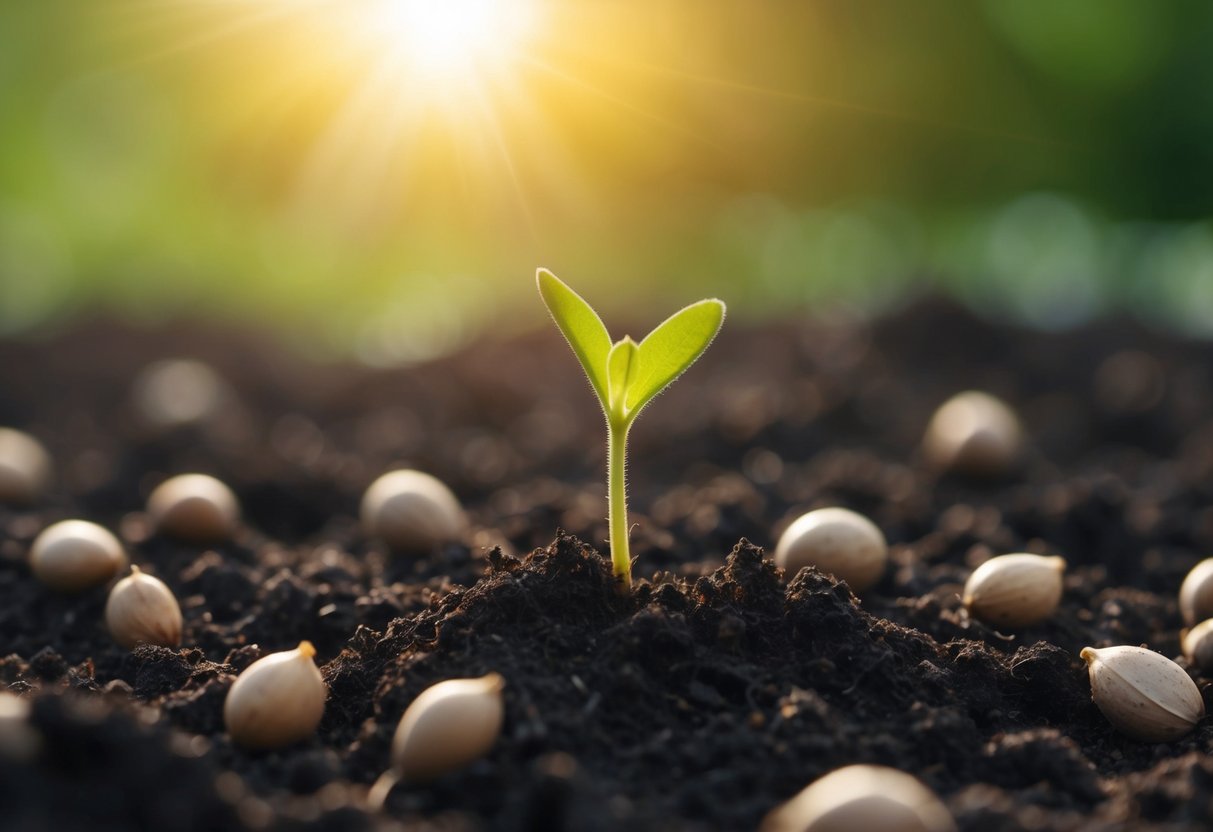
Speeding up seed germination can be a rewarding endeavor. By preparing your seeds and maintaining the best conditions, you can help ensure faster sprouting and healthier plants.
Pre-Treating Seeds
Consider using scarification to help seeds with hard shells. This involves lightly sanding or nicking the seed coating, which allows moisture to enter more easily. You don’t always need to scarify, but for certain seeds like morning glories, it can make a big difference.
Another method is soaking seeds in water overnight. This softens the outer layer, thus speeding up the germination process. Use lukewarm water and don’t soak too long to avoid mold.
Experiment with pre-sprouting seeds on a damp paper towel. Keep the towel moist and check daily for sprouts. This works well for small, delicate seeds like lettuce.
Maintaining Ideal Conditions
Keep your seeds at the right temperature for their type. This might mean focusing on soil temperature rather than air temperature. Most seeds do well in temperatures around 65-75°F, but always check what your specific seeds need.
Humidity is important, too. Use a clear plastic cover over your seed trays to maintain moisture levels. Make sure to air them out daily to prevent mold buildup.
Knowing your local USDA zone can help you time your planting for the best results. Understanding when to plant can prevent slower germination due to unsuitable weather.
Planting requires some patience, as different seeds have varied germination times. Check your seed packets for guidelines and adjust your approach as needed.
Caring for Seedlings
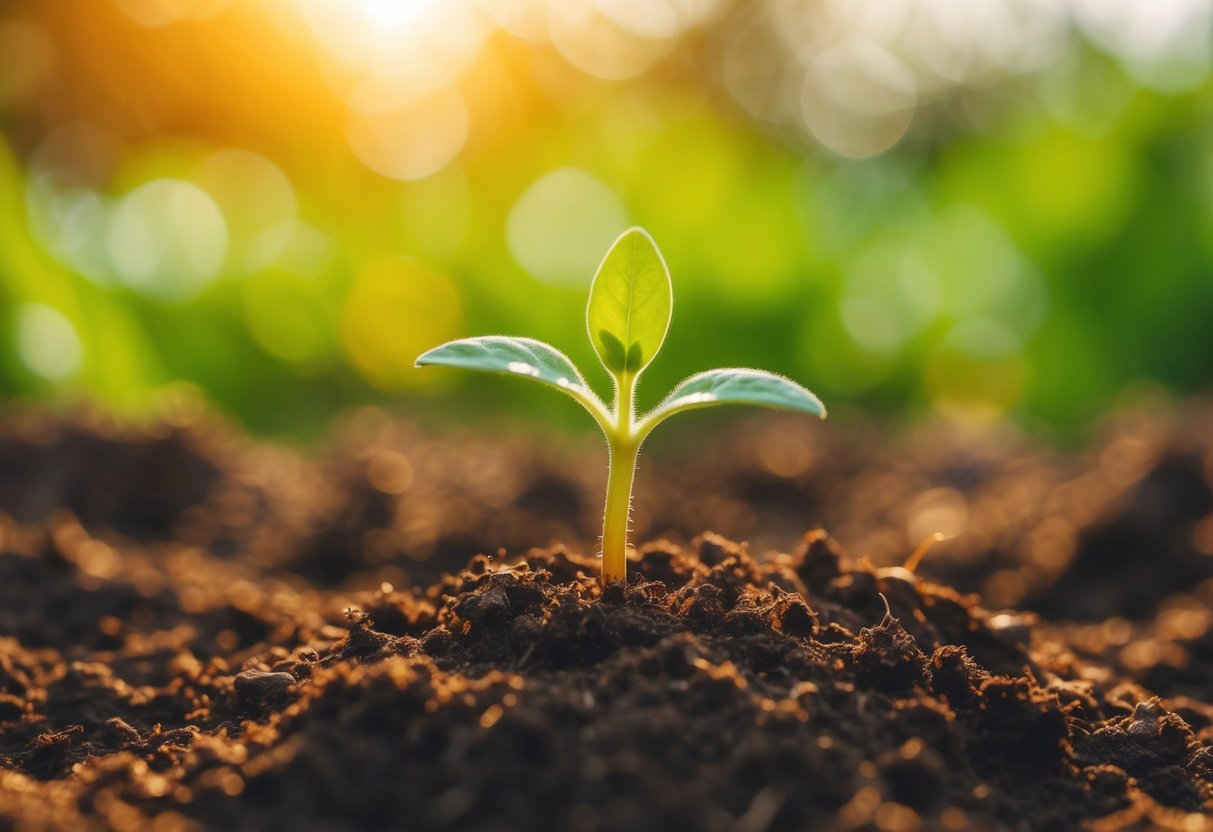
Successfully caring for seedlings involves proper watering and thoughtful feeding, as well as knowing when and how to transplant them into your garden. This ensures they grow healthy and strong, providing a solid foundation for your garden.
Watering and Feeding
Keeping the soil moist is critical for healthy seedling growth, but it’s important not to overwater. Seedlings need consistent moisture, so consider using a spray bottle for a gentle misting. Check the soil by touching it; if it feels dry, it might be time to water.
Feeding seedlings with a diluted liquid fertilizer can support their growth. Start with a weak solution, about one-quarter of the standard dosage, and gradually increase as your seedlings get larger.
Using organic fertilizers helps to maintain healthy growth. Herbs like sage and thyme thrive with such gentle care.
Transplanting to the Garden
Before transplanting, make sure the seedlings are strong enough to handle a move. Look for several sets of true leaves as a good indicator. Harden off the seedlings by gradually exposing them to outdoor conditions over a week.
Choose a cloudy day or late afternoon to transplant, as this reduces stress on the plants. Dig a hole deeper and wider than the root ball to give your plants room to grow.
Position your seedlings like morning glories or low-maintenance plants in well-draining soil. Water the newly transplanted seedlings thoroughly to help them settle in their new home. This careful approach encourages robust growth while minimizing transplant shock.







